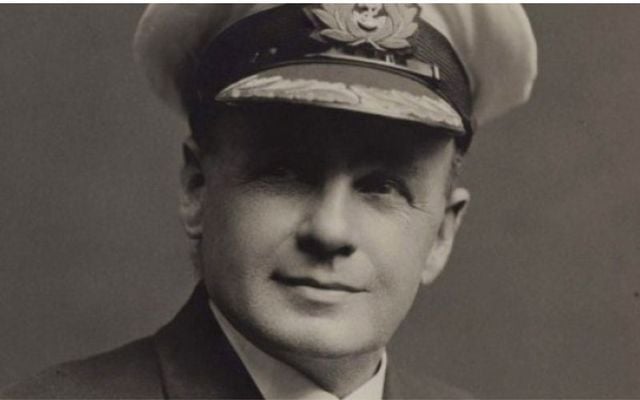In 1912, the last man to be rescued from the Titanic, Englishman Charles Herbert Lightoller boarded the ship two weeks before the maiden voyage to perform sea trials and had been Second Officer on the infamous journey.
Charles Herbert Lightoller remarked on the night of the North Atlantic disaster that the crew would have seen icebergs since the moonlight and many stars would have reflected off of them.
Despite warnings from many other ships of icebergs in the area, only one of the warnings had been posted in the chartroom, which gave the Titanic crew the impression that the situation was not as dire as it was.
Once the ship was sinking, he was vital in helping the passengers onto the lifeboats and had even resorted to holding a gun to a boat that was commandeered by a bunch of men. As the Carpathia arrived to rescue the survivors, Lightoller made sure that everyone was safe aboard the ship before he boarded, which made him the last survivor to board to safety.
In the following years, he joined the Royal Navy and helped with the naval efforts during WWI and eventually became a full commander at the end of 1918. Remarkably, even in his old age, he had commanded one of many civilian ships in 1940 that helped rescue over 338,000 men from the beaches of Dunkirk during the Second World War.
Lightoller survived countless high seas incidents during his life, having docked in Rio de Janeiro during a revolution and smallpox outbreak to nearly dying of malaria after three years in West Africa.
Lightoller was born in Chorley, Lancashire on March 30th, 1874, and started sailing in February 1888 at the age of 13. He began a four-year journey on the Primrose Hill that was dismasted in a South Atlantic storm the same year.
The same ship was dismasted again in an Indian Ocean storm in 1889, during which it shipwrecked on the empty island of St. Paul. He and the other survivors made their way to Australia by Christmas 1889 after being rescued by a passing ship.
Once back in England, he joined the increasingly unlucky Primrose Hill to Calcutta, which had been caught in a cyclone. Miraculously, Lightoller survived this as well.
For a time after these disasters, Lightoller even became a cowboy in Alberta, Canada after he made his way to the Canadian Yukon during the Klondike Gold Rush.
In 1900, he joined White Star Line after some time of homelessness in Canada and got his first assignment as Fourth Officer of the ship, Medic, a cargo liner that traveled from the UK to South Africa and Australia. On one of these routes, he even met his wife, Sylvia Hawley-Wilson, who was from Sydney.
Surviving the Titanic is an extraordinary feat in itself, but for Lightoller, it was just one of many events that shaped his unbelievable life.
* Originally published in 2018, updated in April 2024.




Comments